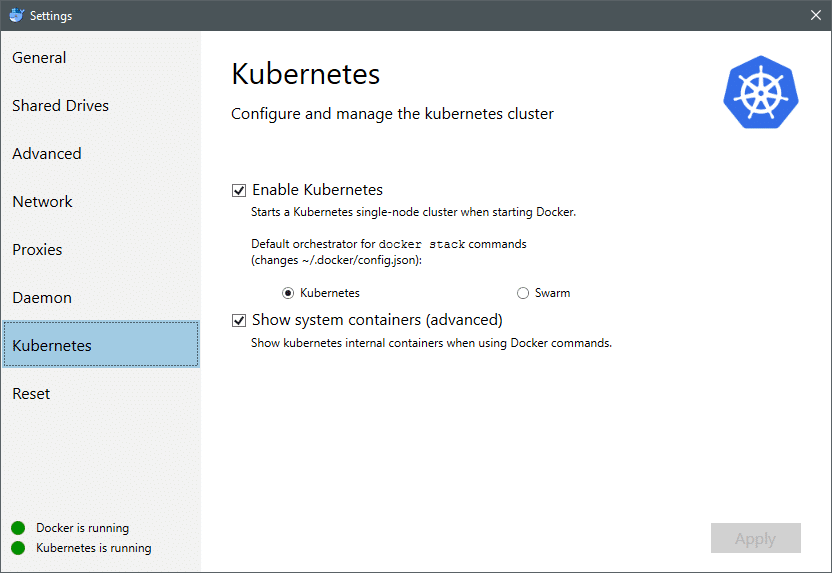

or you can deploy any kind of kubernetes application easly okteto will detect okteto.yml file when you enter okteto up. but thing this way you have used docker build or docker container run kind of command to run or rebuild docker images thats where okteto is doing things more smarter. Then, on one client, choose a folder to share. Take that ID and add it on another client using this button: Repeat this process until all your clients know about each other.

SYNCTHING KUBERNETES CODE
but in case of okteto its just not only synchronize file. In Syncthing GUI, press on Show ID button: It will present you with client ID that can be copied and a QR code that can be scanned (with a phone).How this will help, well we have discussed that its don’t need any kind of addition installation to run your kubernetes application because of syncthiing its will become much easier to run application. which workes in real time to synchronizes file between two or more computers. It is a peer-to-peer (P2P) application that automagically syncs files in the background. its continuous file synchronization program. Syncthing deployment on Kubernetes Readme.rst Syncthing Device for a Persistent Peer Overview Syncthing provides a way to share arbitrary numbers of files between any number of people without the need for a central server. Okteto provide Clean and Easy CLi tool without much understanding complexity of docker or kubernetes clustering and swarm. but okteto will provide remote developement using power of okteto cloud. and its very painful cycle to build docker containers again and again locally. remember when we use docker on your machine its take to much memory and other resources. You don’t need anything installed on machine rather then okteto cli. still you can develope application quick and faster. Okteto is tool for all kubernetes Developer to build, run, debug there application without depending on heavy load on local machine. Kubedaily Community Sponsorship : This site uses Just the Docs, a documentation theme for Jekyll.Deploy First Pod On OKteto Cloud Using Kubectl.An Introduction to Kubernetes Networking.Interlude - Netfilter and iptables rules.Syncthing is a continuous file synchronization program used to synchronize.
SYNCTHING KUBERNETES HOW TO
SYNCTHING KUBERNETES SOFTWARE
I’ve been using hugo for this Page for a long time now, as i didn’t want to worry about frequently updating a CMS/Blog software for security.



 0 kommentar(er)
0 kommentar(er)
